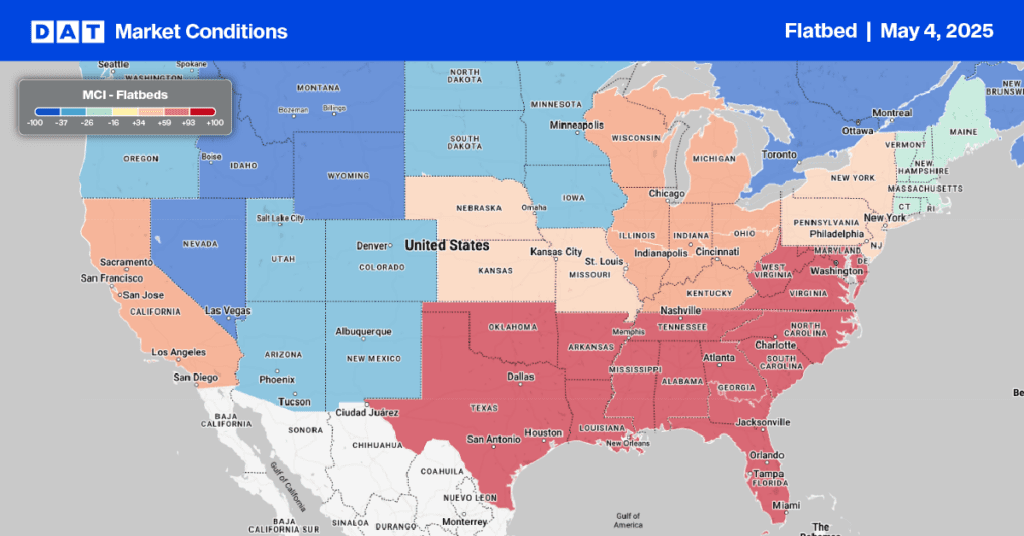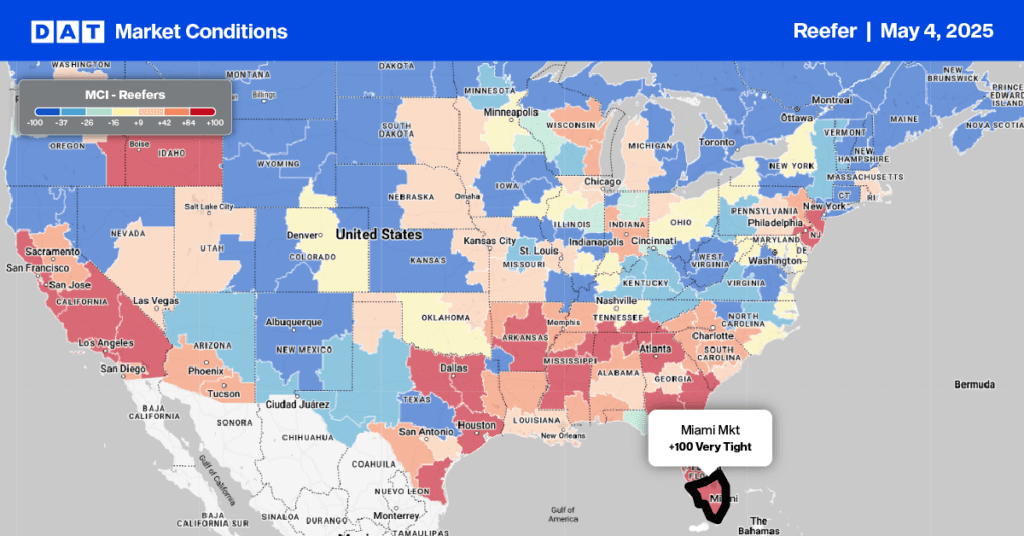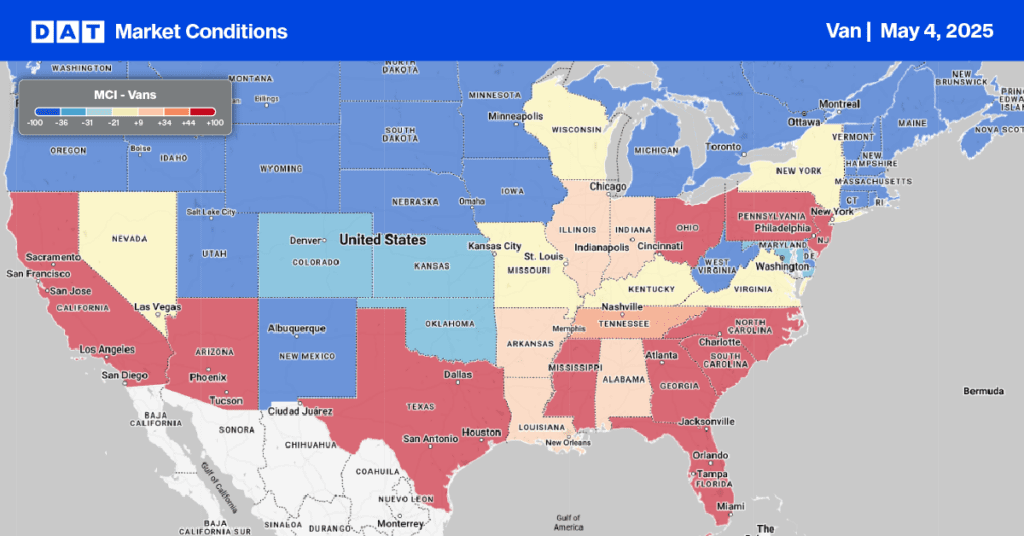According to an updated report from the Department of Transportation (DoT), truckers can expect The Federal Motor Carrier Safety Administration (FMCSA) to publish details of its controversial speed limiter proposal this month. The previous rulemaking report published in September listed the maximum speed for the mandate at 68 mph before the agency backtracked to remove a specific speed.
Truckers widely view speed limiters for heavy vehicles as ineffective, given the unnecessary congestion and dangerous speed differentials among vehicles. This results in higher vehicle interaction and crash rates, the exact opposite of what FMCSA and industry lobby groups would have us believe.
According to Todd Spencer, president of the OOIDA, “Forcing trucks to speeds below the flow of traffic increases interactions between vehicles and leads to more crashes. It’ll be like an obstacle course for passenger vehicle drivers on our highways. This isn’t safe for truckers but especially for passenger vehicle drivers sharing the road with trucks. The unintended consequences of this misguided regulation will cost innocent lives.” We already see how dangerous and frustrating it is to have speed-limited trucks traveling side by side for miles on end, or as they’re more commonly known, “turtle races.”
The double-nickel challenge
Speed limits in the lower 48 states vary greatly, ranging from 55mph in three states (California, Washington D.C., and Oregon) to as high as 75 mph in ten western states (Utah, Arizona, Colorado, Nebraska, Nevada, New Mexico, North Dakota, Oklahoma, South Dakota, and Wyoming). But it wasn’t always this way.
Just over 50 years ago, a national speed limit of 55 mph was introduced due to the Arab oil embargo. During the 1973 Arab-Israeli War, members of the Organization of Petroleum Exporting Countries (OPEC) imposed an embargo against the United States in retaliation for the U.S. decision to re-supply the Israeli military.
In response and to reduce fuel consumption, the federal government passed the National Maximum Speed Law in 1974, which restricted the maximum permissible vehicle speed limit to 55 miles per hour (mph) on all interstate roads in the United States.
No vehicle of any type on any road could lawfully drive over 55 mph—or, as CB lingo puts it, “double-nickels.” Compared to running 75 mph on Interstate 80 through Wyoming today, 55 mph feels incredibly slow and time-consuming in the post-ELD trucking economy, where every minute counts. However, in the traffic-laden and congested Northeast, most truckers would be happy if they could get close to 55 mph as an average trip speed.
DAT Freight & Analytics spoke to numerous truckers who drove through the “double-nickel” era, and most agreed that the national speed limit made driving conditions far more dangerous. Veteran radio personality Dave Nemo recalls the benefits of the 55 mph speed limit were not that great, “There was a study conducted that showed the economic benefits didn’t turn out as much as they thought they’d be, and they figured that there was just a touch of fuel savings, not enough to even register on a scale. By the time we reached the early 80s, people were tired of the 55 mph limit. Law enforcement came to the full realization that there was no way they would enforce this law. This era also gave rise to the radar detector as the nation’s drivers attempted to skirt the law.”
The turbulent ‘70’s and 80’s
Just like it is now, speed management is a very personal thing to professional truckers, no more so than in the 70s when the Arab oil embargo began. According to Dave Nemo, “During this time, there were gas station shutdowns, calls for truckers to blockade the highways, and even some violence on the road, including people blocking gas station entrances, trucking getting a little violent here and there.”
Anti-trucking legislation was even proposed, giving birth to Overdrive magazine and the Independent Trucking Association, founded by the late Mike Parhurst to combat heavy regulation and the dominance of the Teamsters Union at the time. Throughout its early history, Overdrive called for shutdowns to protest fuel prices and anti-trucking legislation. Those shutdowns and other conflicts, notably during the late 1960s, 1970s, and early 1980s, eventually led to deregulation in the early 1990s and today’s climate in which the self-employed contractor can operate with much greater independence.
Drivers drive at speeds they feel comfortable
The study conducted by the University of Arkansas found motorists tend to drive at speeds at which they are comfortable, regardless of posted speed limits. Speed data collected in the study illustrated that although posted speed limits for automobiles differed by ten mph, average speeds differed by only 1.6 mph. In other words, regardless of whether the speed limit was 65 mph or 75 mph, motorists drove between 73.2 and 74.8 mph.
Suppose transportation researchers, trucking company safety personnel, and motorists agree that highways are safer when vehicles travel at or near a uniform speed. Why do so many states have different speed limits for large trucks and cars from state to state?
Speed-limiting commercial vehicles is a very complex issue. Like the ineffective one-size-fits-all Electronic Log Device (ELD) Mandate, it will struggle to achieve its safety objectives despite speed differentials between ALL vehicles on the nation’s highways. Let the turtle races begin!


